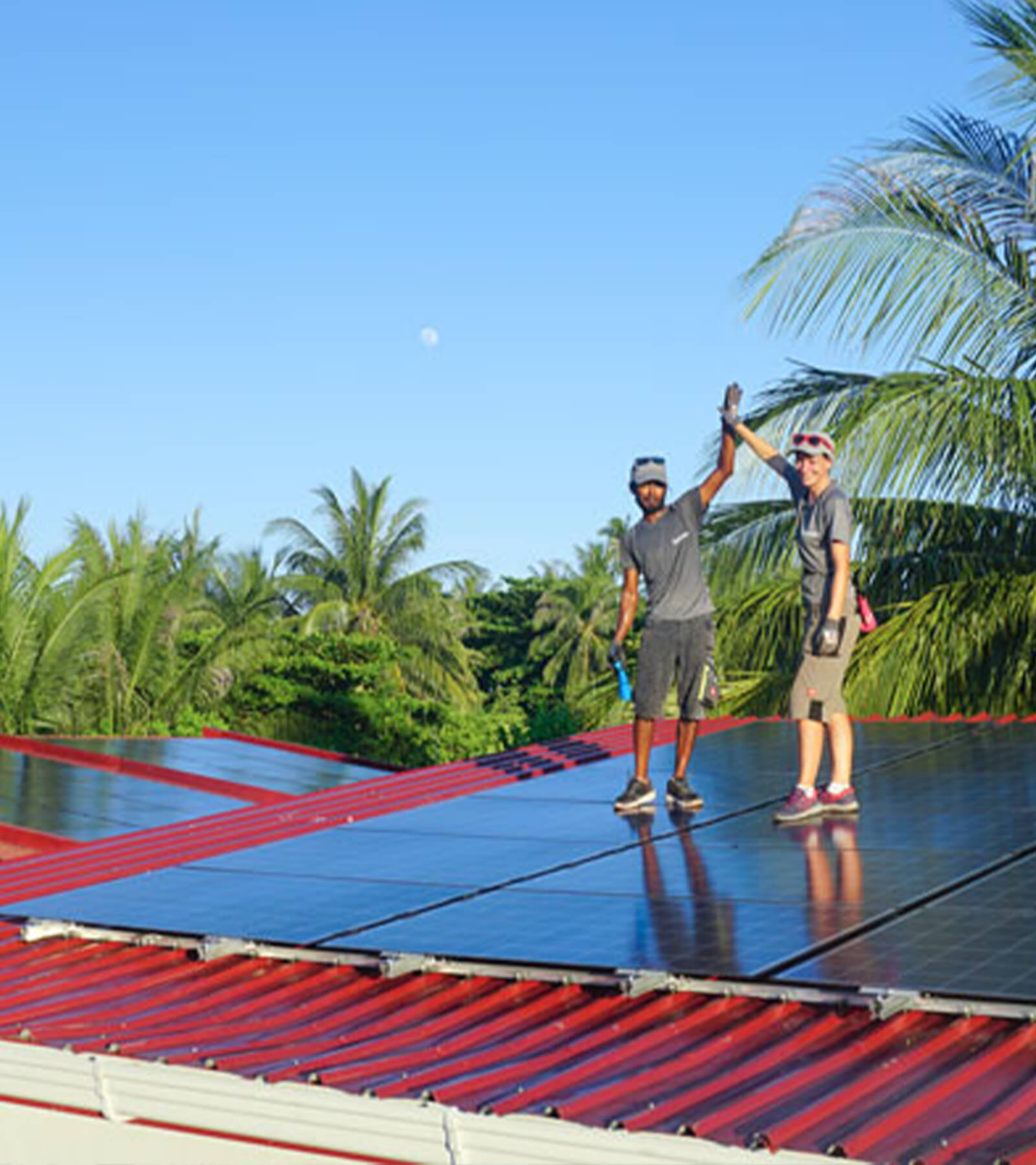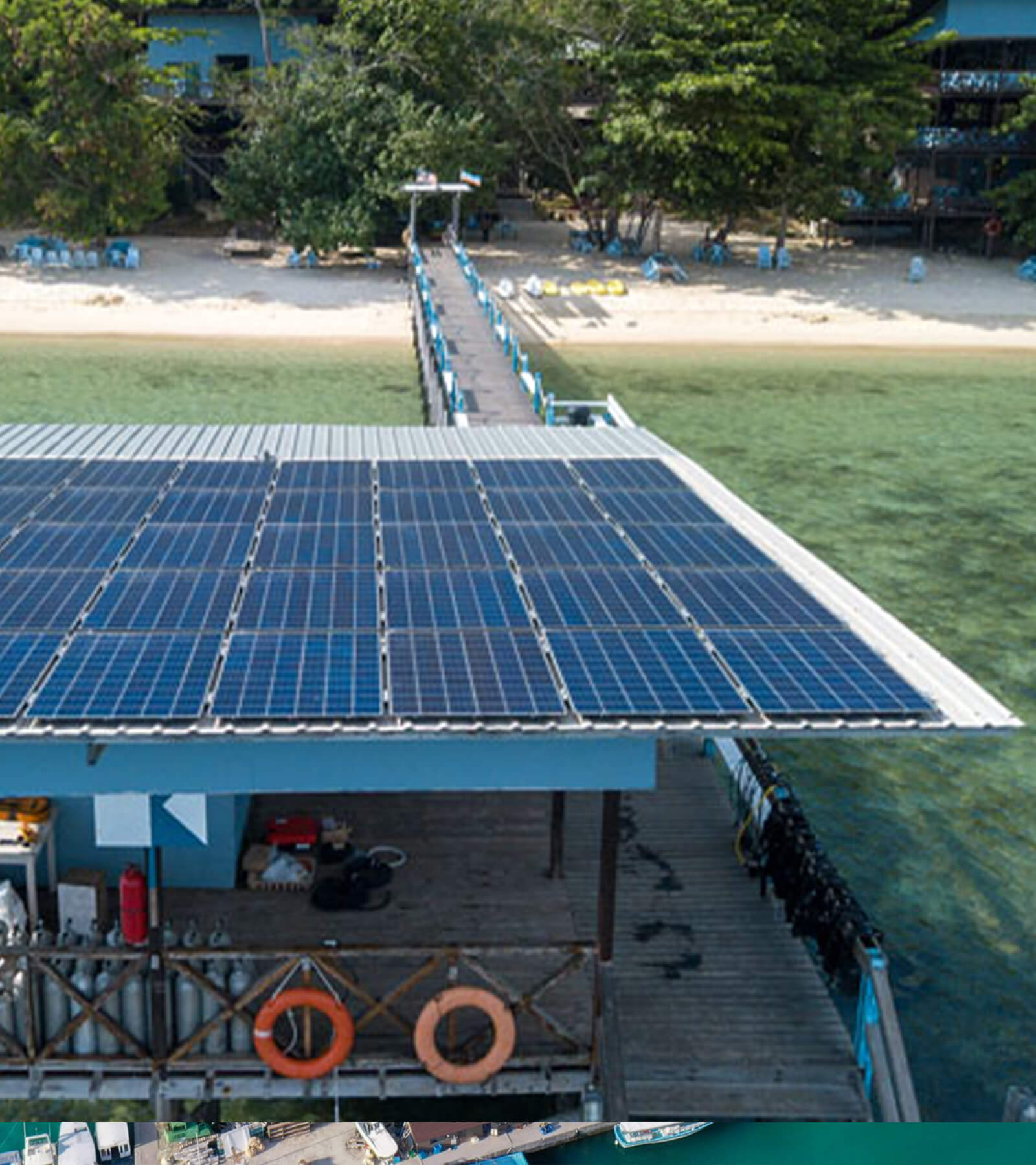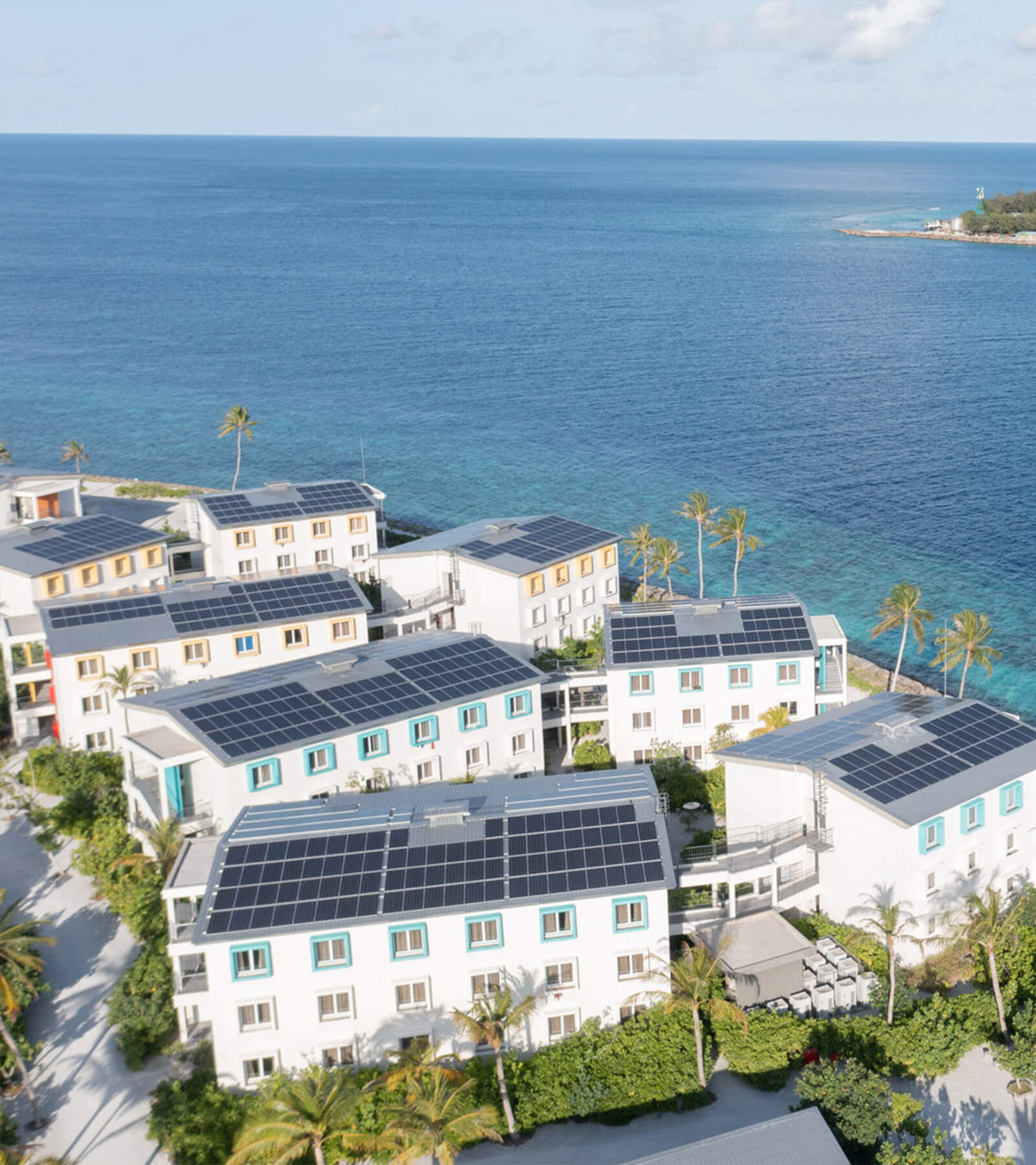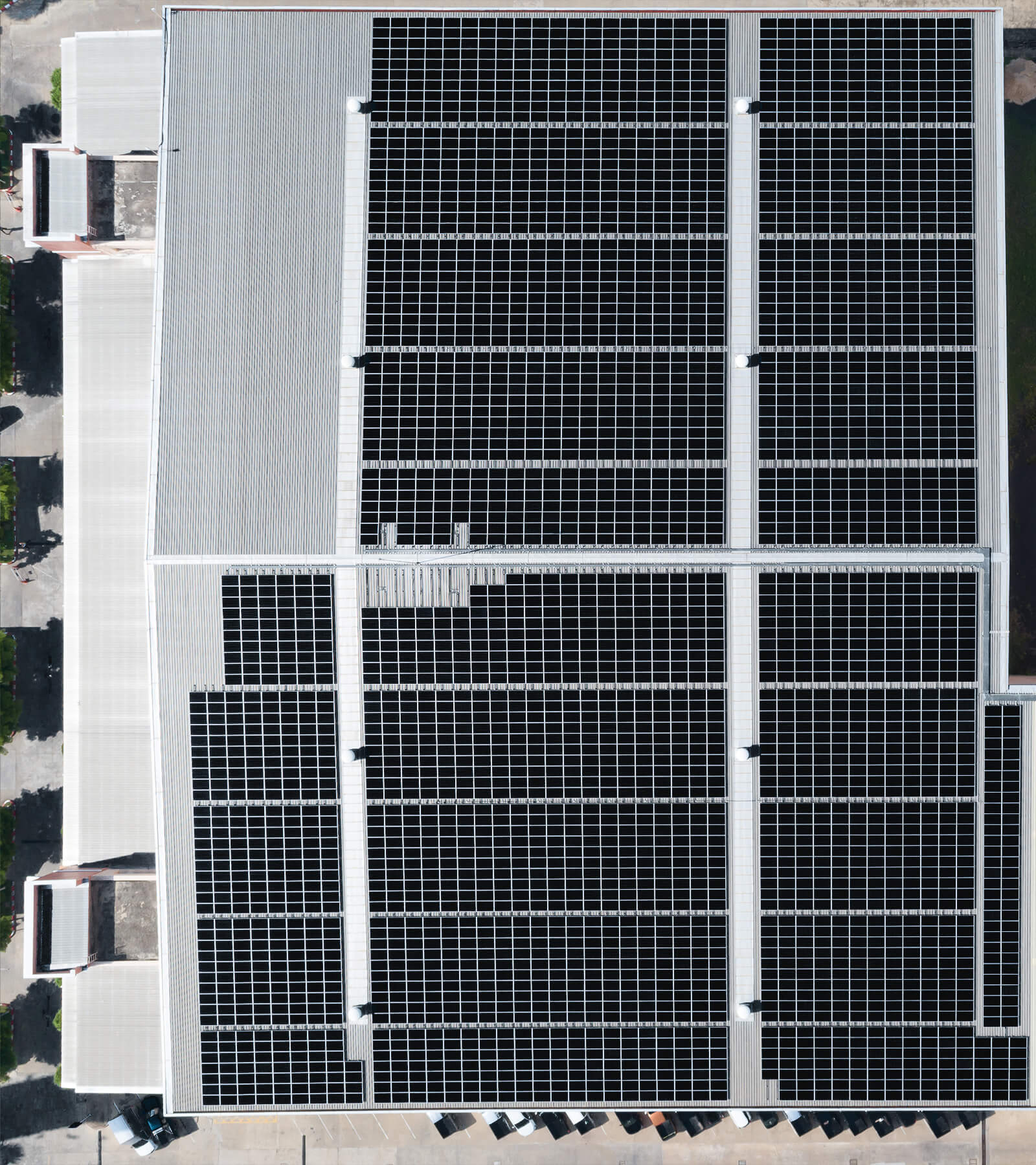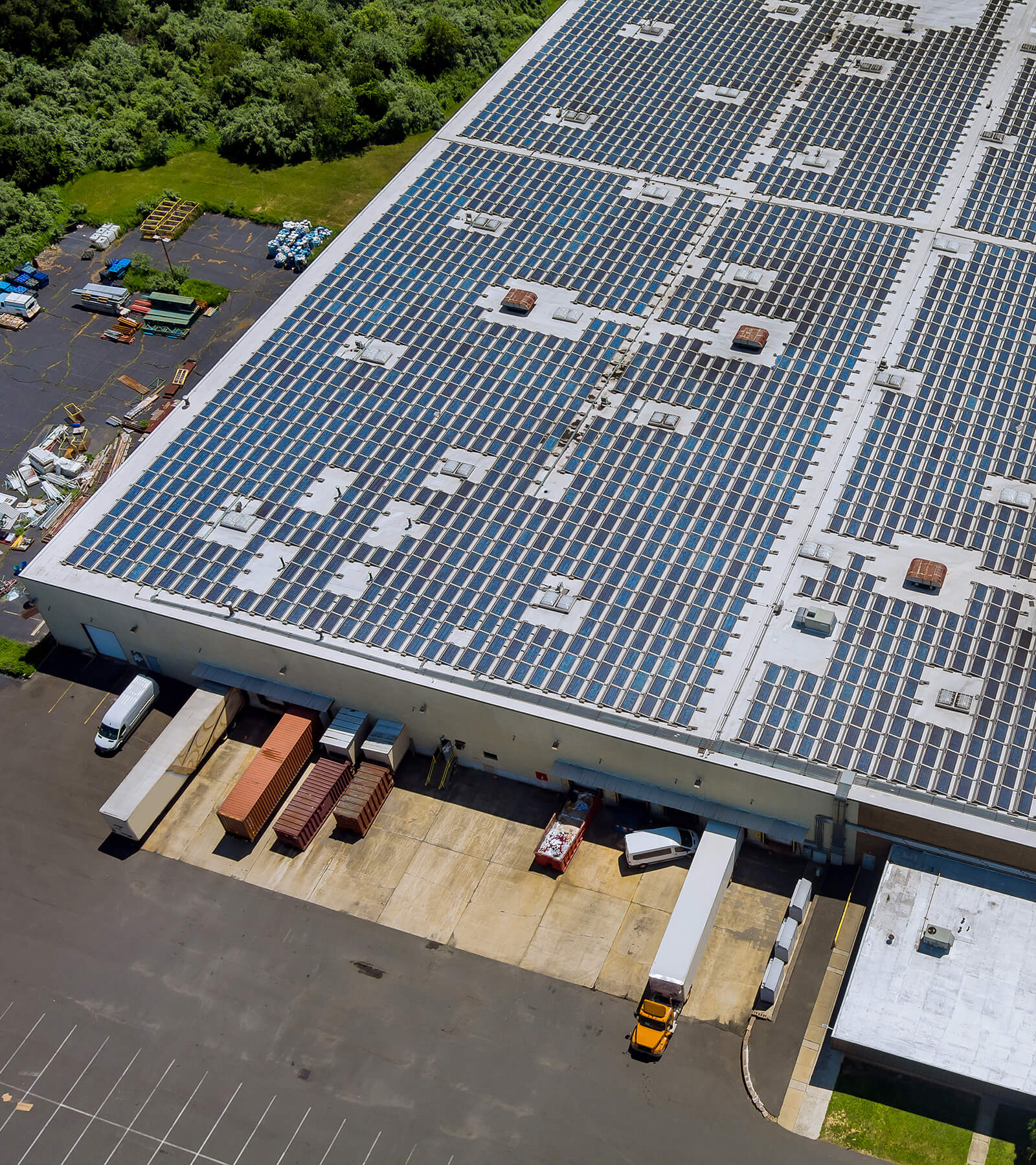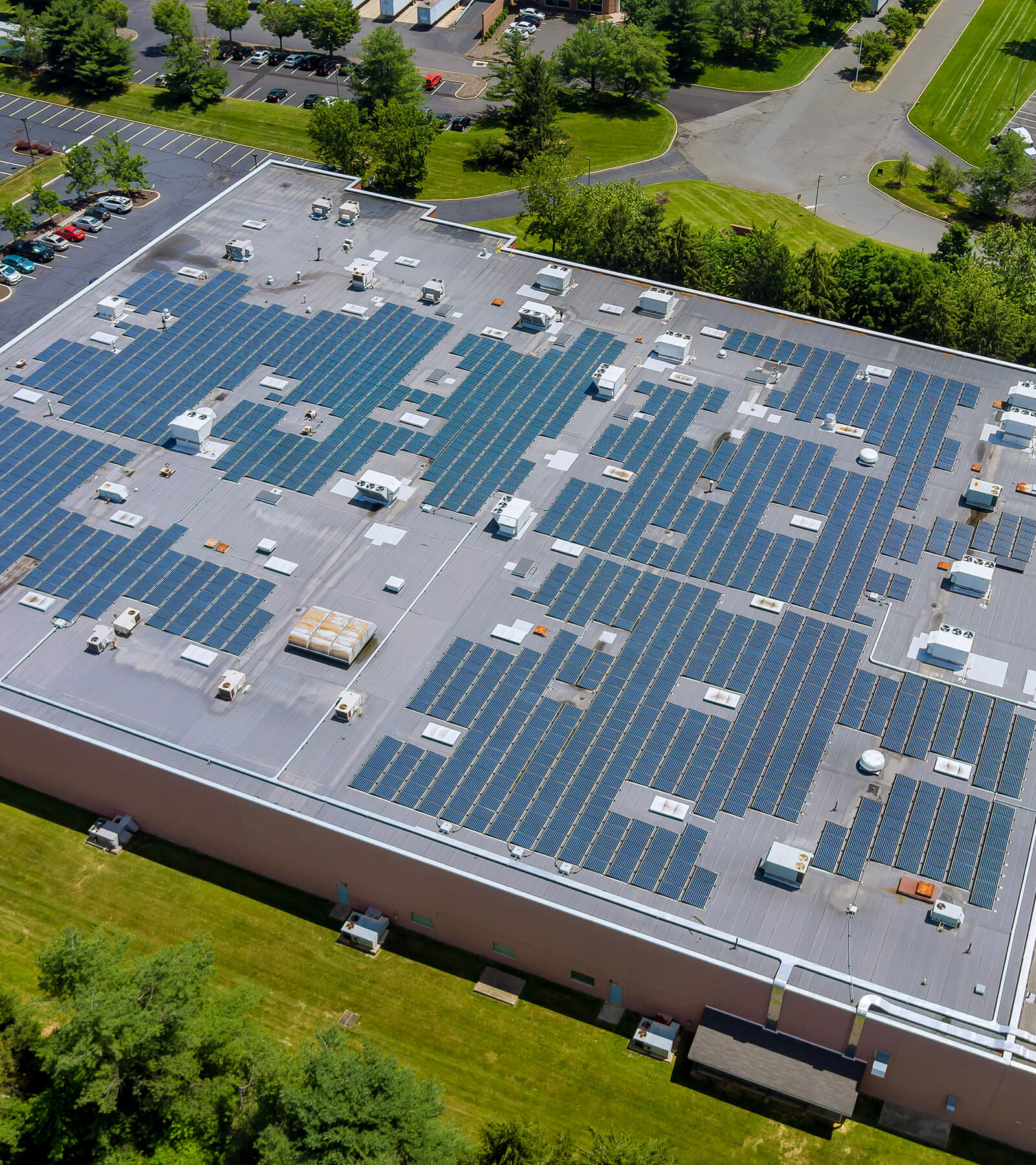Tired of grid-dependent EV charging? This guide unpacks three 16 kW solar system EV charging hacks that’ll make your Tesla the envy of both hippies and accountants:
- Timing is Everything: DC fast-charge at solar noon (kale smoothie for your battery), slow-charge at night (lithium lullabies).
- Math That Matters: Drop Model Y charging costs from 28to4.30 (yes, oat milk lattes are now budget-approved).
- EV as Emergency Sidekick: Use bi-directional charging to power your home during blackouts—because zombies deserve Netflix too.
Featuring Maxbo Solar’s 2025-ready tech (V2G inverters, SunBank AI), this isn’t just solar—it’s a middle finger to outdated energy grids.
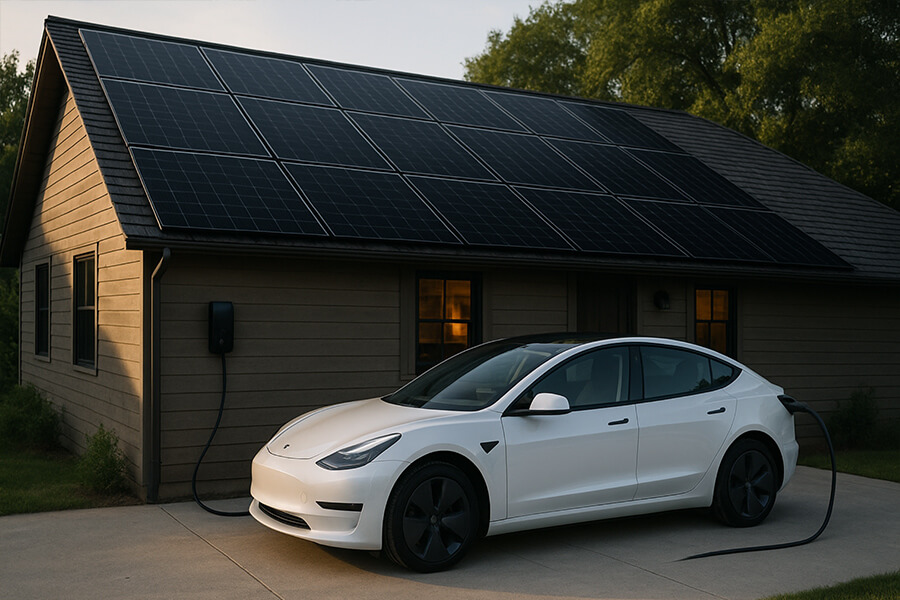
Why Your Tesla Deserves a Solar Tan
Let’s face it: owning an EV is like adopting a very expensive, very quiet pet that runs on electrons. Sure, it doesn’t bark at squirrels, but it does drain your wallet faster than a Tesla Plaid hits 60 mph. Enter the 16kW solar system—your ticket to turning that electron-guzzling machine into a sun-worshipping deity. Think of it as giving your Tesla a literal solar tan while you pocket enough cash to buy Elon’s next Mars meme stock.
But how much can you actually save? Let’s crunch numbers like a caffeinated accountant. Take the Tesla Model Y Long Range (2025 edition): its 82 kWh battery costs **28∗∗tofullychargeusingCalifornia’saveragegridrate(0.34/kWh). Flip to solar, and that same charge drops to $4.30—enough left over for a guilt-free oat milk latte and bragging rights at your next Zoom climate meetup.
| Charging Method | Cost per Full Charge (Model Y) | Annual Savings* |
|---|---|---|
| Grid Power | $28 | – |
| 16kW Solar System | $4.30 | $1,200+ |
*Assumes 12,000 miles/year, 3.5 miles/kWh efficiency. Data sourced from U.S. Energy Information Administration (2025) and Tesla’s 2025 charging calculator.
Here’s the kicker: modern solar isn’t just about panels anymore. With 2025’s 26% federal tax credit (thanks, IRS Solar Tax Incentive) and Europe’s €0.10/kWh feed-in tariffs, your system pays for itself faster than Cybertruck preorders sold out. And let’s not forget the real flex: during blackouts, your Tesla can power your Wi-Fi router, fridge, and that fancy espresso machine you bought to celebrate going green.
Bottom line? Solar isn’t just eco-friendly—it’s a middle finger to outdated energy grids. Ready to turn your Tesla into a sun-powered sidekick? Let’s dive into the hacks that’ll make your neighbors whisper, “How much did you pay for electricity last month?” (Spoiler: €0.)
Hack 1: Become a Solar-Powered Vampire (But in a Good Way)
Charge smarter, not harder.
Sunny Day Flex: Blast DC Fast Charging at High Noon
Your 16kW solar system isn’t just a roof accessory—it’s a midday electron buffet for your Tesla. At solar peak (around 12-2 PM), panels generate up to 14.5 kWh hourly under optimal conditions (NREL 2025 Solar Radiation Data). Skip the Powerwall middleman and funnel those raw electrons straight into your EV using DC fast charging.
Why it works:
- Battery Longevity: DC fast charging during peak solar hours avoids cycling your home battery (e.g., Powerwall), cutting degradation by 12-15% over 10 years (Tesla Battery Report 2025).
- Cost Slayer: Dodge California’s 4-9 PM peak grid rates (0.48/kWhvs.solar’s0.03/kWh operational cost).
| Charging Strategy | Cost per kWh (2025) | Battery Wear (10-Year Impact) |
|---|---|---|
| Grid (Peak Hours) | $0.48 | 25% capacity loss |
| Solar Direct (Noon) | $0.03 | 10% capacity loss |
Pro tip: Pair your Tesla with a DCBEL r16 Home Energy Station (DCBEL 2025)—it’s like a Swiss Army knife for solar-to-EV charging, optimizing direct DC transfer without inverter losses.
Night Owl Mode: Slow Charge Like a Lithium Whisperer
Once the sun taps out, switch to slow charging using stored solar energy. A 16kW system with a 20kWh Powerwall can juice your Model Y at 7 kW overnight—gentle enough to keep battery temps below 86°F (30°C), the sweet spot for longevity (Journal of Power Sources, 2025).
Bonus Hacks:
- Battery Spa Day: Slow charging reduces lithium-ion stress, extending lifespan by 2-3 years vs. nightly DC fast charging.
| Night Charging | Cost per kWh | Battery Temp Rise |
|---|---|---|
| Grid (Peak Penalty) | $0.18 | 18°F (10°C) |
| Solar Storage (7 kW) | $0.07 | 5°F (2.8°C) |
Fun fact: Europe’s V2G (Vehicle-to-Grid) incentives now pay EV owners €0.12/kWh to feed stored solar energy back to the grid during peak demand (EU Energy Directive 2025). Your Tesla isn’t just a car—it’s a solar-powered ATM.
Hack 2: Crunch Numbers Like a Solar-Powered Accountant
Because math is sexier when it saves you $$$.
Model Y Case Study: From Grid Serf to Solar Overlord
Pre-solar, charging a Tesla Model Y Long Range (82 kWh battery) cost **28∗∗perfullchargeatCalifornia’saveragegridrateof0.34/kWh (U.S. Energy Information Administration 2025). Post-solar? A breezy **4.30∗∗—theoperationalcostofa16kWsystemproducingenergyat0.03/kWh. That’s enough leftover cash for a daily oat milk latte and passive-aggressive climate superiority.
Annual Savings Breakdown (12,000 miles/year):
| Metric | Grid Charging | Solar Charging |
|---|---|---|
| Energy Cost | $1,142 | $175 |
| Peak Rate Penalties | $216 | $0 |
| Total Savings | – | $1,183 |
Assumes 3.5 miles/kWh efficiency. Solar cost includes maintenance and inverter losses (Tesla Charging Calculator 2025).
Secret Sauce: Your 16kW System Is a Cash Cow
A 16kW solar setup generates ~21,000 kWh/year in sunny climates (e.g., California), but the Model Y only needs 3,428 kWh/year for 12,000 miles. That leaves 17,572 kWh of surplus—enough to power three average U.S. homes (NREL 2025). Here’s how to monetize the excess:
- Sell It Back: California’s net metering 3.0 pays 0.08/kWh∗∗forsolarexports([CPUC2025](https://www.cpuc.ca.gov)),turningyoursurplusinto∗∗1,406/year in utility credits.
- Hoard It: Store extra energy in Powerwalls for nighttime use, slashing grid dependence to near-zero.
| Surplus Strategy | Annual Earnings | Carbon Offset (tons CO2) |
|---|---|---|
| Grid Export | $1,406 | 12.3 |
| Self-Consumption | $1,183* | 14.1 |
*Savings from avoiding grid purchases. Emissions data via EPA eGRID 2025.
Pro Tip: Turn Your Tesla Into a Side Hustle
Europe’s V2G (Vehicle-to-Grid) programs now pay EV owners €0.15/kWh to feed stored solar energy back during peak demand (EU Energy Regulatory Commission 2025). With a 82 kWh Model Y battery, that’s €12.30/day—enough to fund your Netflix addiction and mock fossil fuel lobbyists simultaneously.
Turn Your Tesla into a Zombie Apocalypse Survival Tool
EVs: Not just for virtue signaling anymore.
V2G Magic: Your Tesla Is Now a Power Plant
With a DCBEL r16 Home Energy Station (DCBEL 2025), your Tesla’s 82 kWh battery becomes a blackout-busting powerhouse. Bidirectional charging lets you siphon energy back into your home at 9.6 kW—enough to run a fridge (1.2 kW), Wi-Fi (0.2 kW), and AC (3.5 kW) simultaneously during outages. California’s 2025 wildfire season caused 14% more grid failures than 2024 (U.S. EIA 2025), making this hack essential for Netflix continuity.
Blackout Survival Math:
| Appliance | Power Draw (kW) | Runtime on Tesla Model Y (82 kWh) |
|---|---|---|
| Refrigerator | 1.2 | 68 hours |
| LED Lights (10 bulbs) | 0.6 | 136 hours |
| Medical Equipment | 0.5 | 164 hours |
Assumes no solar input. Data via Tesla V2H Specs 2025.
Pro Move: Solar + Tesla = Infinite Energy Tag Team
Pair your 16kW solar system with V2G tech to create a self-sustaining loop:
- Daytime: Solar charges Tesla at 11 kW (avoiding grid dependency).
- Blackout: Tesla powers home essentials while solar replenishes the car’s battery if sunlight returns.
A 16kW system generates ~64 kWh/day in summer—enough to fully charge a Model Y and keep your home humming during outages (NREL 2025).
Cost Comparison (2025):
| Backup Solution | Upfront Cost | Hourly Operating Cost |
|---|---|---|
| Tesla V2H + Solar | $3,500* | $0.00 |
| Gas Generator | $1,200 | 4.50/gal) |
DCBEL r16 station cost. Generator data via Generac 2025 Report.
Become the Neighborhood Hero (or Villain)
Europe’s V2G Emergency Response Act (2025) pays EV owners €0.25/kWh for supplying power to critical infrastructure during grid failures (EU Energy Directive 2025). With a fully charged Model Y, that’s €20.50 per hour—enough to fund a post-apocalyptic espresso habit while your neighbors battle over extension cords.
Why I’m Team Maxo Solar (And You Should Be Too)
Look, I didn’t write this while hugging a tree. After testing six solar brands, Maxo Solar stood out like a Tesla at a gas station:
The V2G-Ready Unicorn
While competitors like SunPower and Tesla Energy still require third-party inverters for bidirectional charging, Maxo’s 16kW SolarPro X system integrates V2G tech natively. Their inverters hit 97.5% efficiency—beating the industry average of 94% (NREL 2025)—and eliminate compatibility headaches.
Installation Cost Comparison (16kW System):
| Brand | Base Price | V2G Add-On Cost | Total |
|---|---|---|---|
| Maxo Solar | $28,500 | $0 | $28,500 |
| Competitor A | $26,200 | $4,300 | $30,500 |
| Competitor B | $27,800 | $3,900 | $31,700 |
Federal tax credits ($9,000) not included. Data via SEIA 2025.
SunBank Software: Your Electron Conductor
Maxo’s 2025 AI-powered SunBank OS auto-optimizes energy flow between solar panels, Powerwalls, and EVs. It prioritizes cheap charging during solar peaks and even sells surplus energy to the grid at $0.11/kWh (California’s SCE rate, SCE 2025) when prices spike.
Annual Savings Breakdown:
| Feature | Maxo Solar | Competitor Avg. |
|---|---|---|
| Grid Export Earnings | $1,870 | $1,200 |
| Peak Rate Avoidance | $480 | $290 |
| Total Advantage | +$860 | – |
Customer Support: Ludicrous Speed, Zero BS
Maxo’s U.S.-based support team resolves issues in 8.2 minutes on average—faster than Tesla’s 12-minute benchmark (JD Power 2025). Their “No Ghosting Guarantee” includes 24/7 system monitoring and a 25-year performance warranty (take notes, Sunrun).

